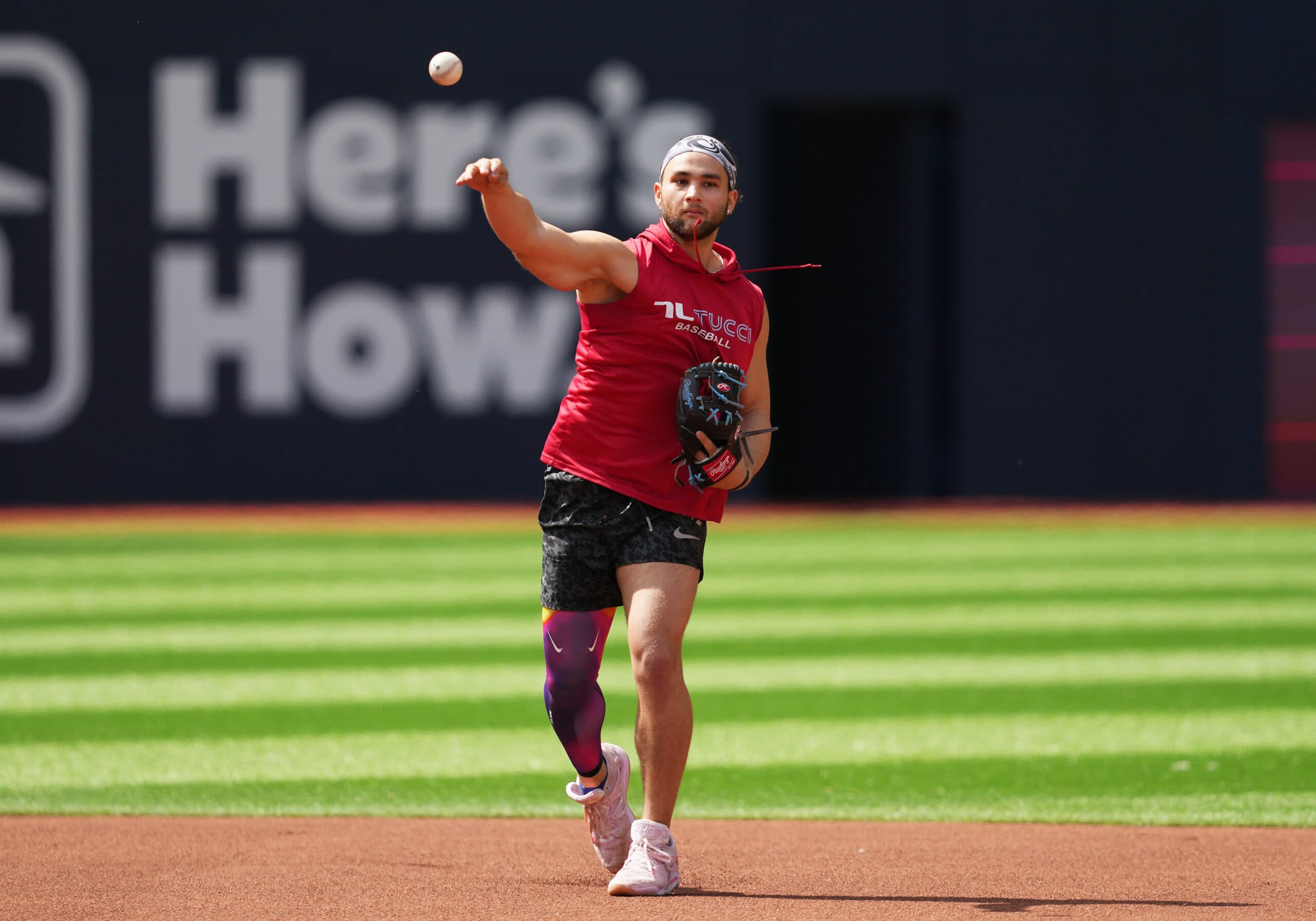Bo Bichette’s defence isn’t perfect, but it’s raising fewer concerns
Photo credit: Nick Turchiaro-USA TODAY Sports
By Thomas Hall
1 year ago
Keep scrolling for the next article
Breaking News
- Blue Jays 2024 Player Review: Nathan Lukes impressed amidst a short stint in the Majors
- Blue Jays reliever Chad Green named finalist for MLBPA’s Comeback Player Award
- Blue Jays hire David Popkins as hitting coach
- Blue Jays 2024 Player Review: Alejandro Kirk’s bat came around in the second half of the season
- MLB Odds: Dodgers open as small World Series favourites over Yankees
